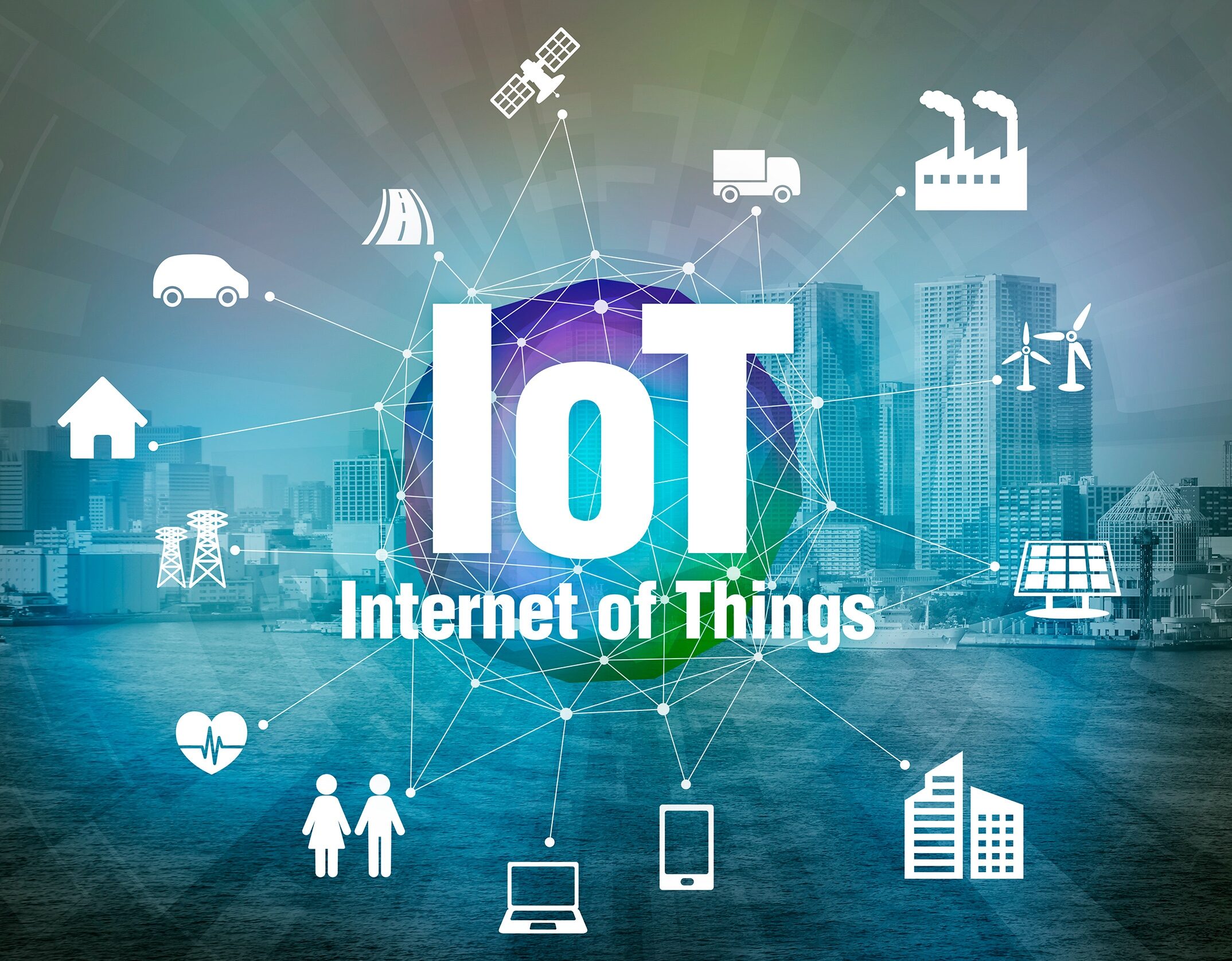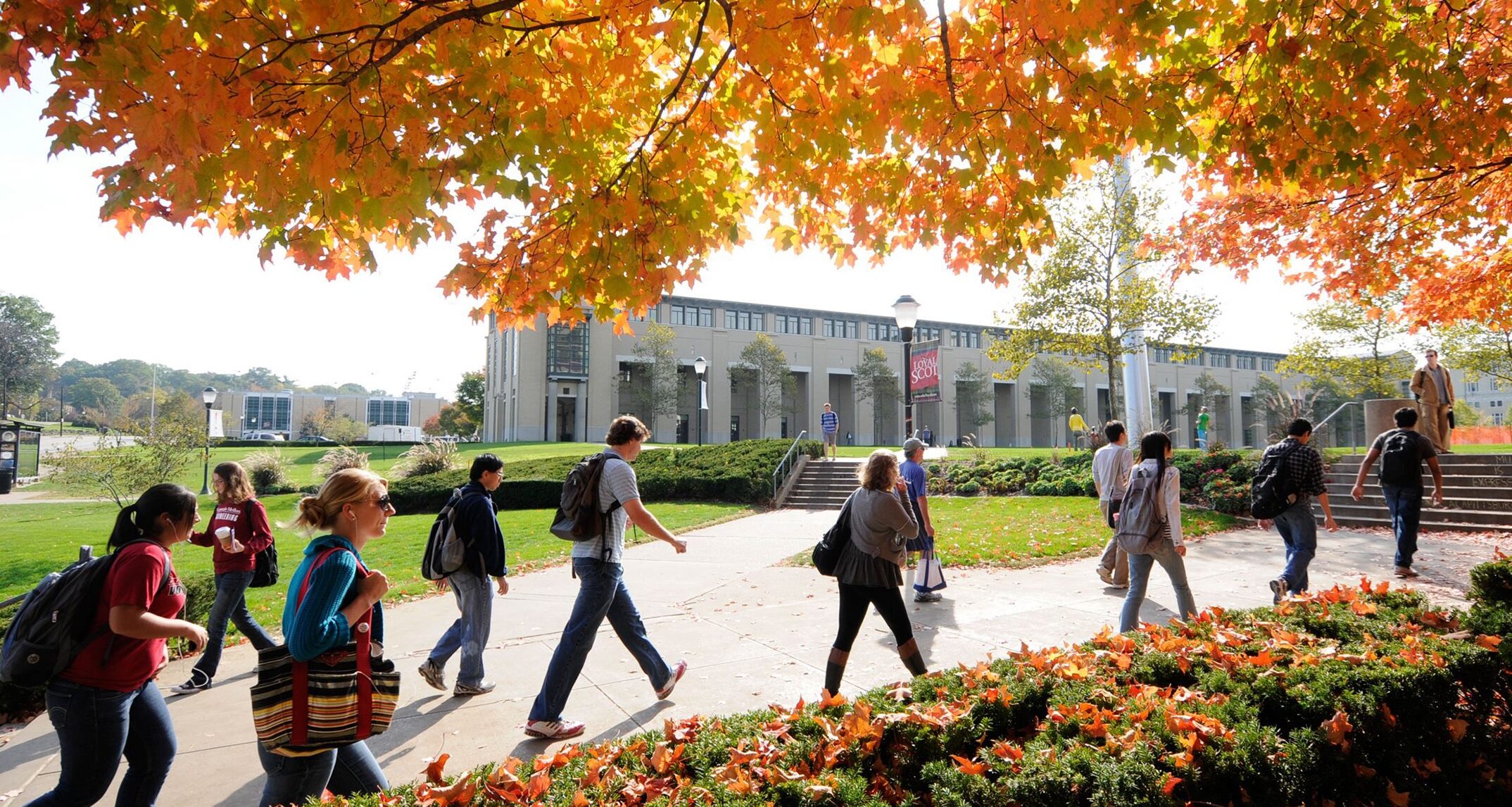Building a Better Experience: How Might the Internet of Things Affect Campuses In the Future?

The Chronicle of Higher Education, the No. 1 source of news and information for college and university faculty members and administrators, recently launched a new section called Re:Learning. Re:Learning is a series of stories driven by the curiosity of The Chronicle’s readers. They’ve received hundreds of suggestions, and regularly put the best of them up for a vote. A few months back I posed a question that NAC has been reflecting on: “Is the residential-education experience going to go away? If not, what will it look like in 10, 15, 20 years?” Our question was picked up for a vote, and won. So, The Chronicle set out to investigate. The result is an article that discusses boundary-blurring buildings and a vision of the future campus if the Internet of Things is leveraged to connect and enhance the student experience. Take a look at the article here.
What lead to that question? Why are we interested in the answer? Here’s a look at what’s been on our minds, and how we arrived at the popular question that won over The Chronicle readers.
Using Personal Data to Improve UX
A recent Ellucian survey conducted by Wakefield Research polled some 1,000 college students on the subject of personal data (see inset infographic). An overwhelming majority of respondents felt that schools should use their personal data to create an optimized college experience.
Essentially, students are okay with sharing their personal information if it means that that information is used to strategically design and strengthen their entire spectrum of interactions with their institution – from academic to social. Learning is part of a larger environment; imagine if we better understood how students act and react in that environment in order to better serve them?

The Internet of Things on College Campuses
Due to dropping costs and the development of smaller processors, computer-embedded ordinary objects that are connected to the Internet are becoming an everyday phenomenon. These “things” can communicate with users and other devices seamlessly, collecting and transferring data without human involvement. This is the Internet of Things (IoT).
Most of us are already familiar with IoT devices – our computers, laptops, tablets, smartphones and smartwatches all fall into this category. These devices are swiftly being joined by more commonplace objects such as cars and household appliances. Some people predict that by 2020 there will be anywhere between 20 billion and 100+ billion connected devices. At NAC we’re thinking about the devices that could have a direct impact on the residential education experience - residence halls, study lounges, desks, whiteboards, dining halls, parking lots, etc. – what if they were all in that group of 100+ billion? What if the data extracted from these devices could be triangulated and used to improve student success and completion?
A group of higher education institutions that includes Carnegie Mellon University has already agreed to turn their campuses into “living laboratories” for a Google-funded expedition to create a platform that will enable Internet-connected sensors, gadgets and buildings to communicate with each other. The goal of the project is to improve human-to-human and human-to-computer interaction so we can create “smart” environments that help users be more proactive.

Carnegie Mellon University Campus, Pittsburgh
Is Disney World A Window Into The Future?
Maybe one of the more plausible uses of IoT is a version of Walt Disney World’s MagicBand. If you haven’t recently visited Orlando and experienced a MagicBand for yourself, here’s a quick rundown. The MagicBand is a wearable device that acts as:
- Park Admission
- Room Key
- FastPass+
- Payment Method
- Location Tracker (think: lost child)
- Photo Album (it links to PhotoPass accounts)
It’s plausible that in the next 10 years a single device could be developed that:
- Notifies faculty when students are disengaged in class;
- Replaces cash, room keys and meal plan cards;
- Pings the campus health center when a student has a fever;
- Sends an alert to the RA if a student hasn’t left their room for three days;
- Provides entry to events and buildings afterhours;
- Tracks which campus events get the most attendance and where students like to study most on campus;
- Tracks how students work in collaborative workspaces;
- Notifies students ahead of time when a bike rack is full.
The list could go on, but you get the point. We could essentially create a frictionless residential education experience.
Concluding Thoughts
What is the future of the residential experience? What’s possible when technology becomes the vehicle for an improved college experience?
There are a host of issues we haven’t yet addressed, cybersecurity and protecting students’ personal privacy being at the top of the list. But these are some of the questions NAC is grappling with and foresee upending the traditional higher education experience over the next several decades. What do you think?
We'd love to hear your thoughts. Send us an email: NACLab@nacarchitecture.com.
References
Asseo, I., Johnson, M., Nilsson, B., Chalapathy, N., & Costello, T. (2016, June 27). The Internet of Things: Riding the Wave in Higher Education. Retrieved from EDUCAUSE: http://er.educause.edu/article...
Brown, S. (2016, October 23). The ‘Internet of Things’ Faces Practical and Ethical Challenges. Retrieved from The Chronicle of Higher Education: http://www.chronicle.com/artic...
Cortez, M. B. (2016, December 6). Students Want Their Personal Data to be Used to Improve the College Experience, Survey Says. Retrieved from EdTech: Focus on Higher Education: http://www.edtechmagazine.com/...
Ellucian. (2016, December). Infographic: Students Expect Data to Transform College Experience—Can Colleges Deliver? Retrieved December 12, 2016, from Ellucian: http://www.ellucian.com/Insigh...
Comments
Levi Snow, Specifications Sales, JC Wright Lighting Sales — February 16, 2017
My company works closely with NAC Engineering and Architecture in Spokane on commercial lighting projects including schools and higher ed. We have seen a great interest in the future of IoT and the value it could bring to campuses and end users. One of the things that is often overlooked in these conversations is HOW this all comes together? In order for a device to become part of the IoT it must be connected somehow to the rest of the devices around it and the internet at large. In order to get this connectivity between devices, sensors, inputs, etc. we need something that is in every space where people are, granular, easy to deploy and cost effective. This could be an entirely new “system” of cabling or wireless infrastructure, but this just adds complexity and additional costs to the job.
What if we already had a platform in these spaces that could be used to “piggyback” the connectivity and data needed to start realizing some of the dreams of the IoT campus? Turns out we DO. What if we could use the lighting fixtures themselves (a necessary part of any building) as the platform for connectivity? We already routinely deploy “networked” lighting systems on many campuses around the state. These systems already utilize sensor technology to detect when people are in the space in order to automatically turn off lights when the space is unoccupied to save energy. We have the capability today to have these systems report back these “room states” to the building HVAC system to adjust temperature controls based on room occupancy etc. These systems can already report back tons of data on the building to the facility manager to further improve the user’s experience and usage of each space. Exciting things like indoor positioning, wayfinding, space utilization, optimization etc. are just over the horizon. It’s up to us now to have those conversations with the end user during design.
The platform for the initial realizations of the IoT could already exist and it’s in your commercial lighting system. How can we make that work to your advantage as we begin to explore this exciting technology and the value it can bring to students, faculty, and facility managers alike?
Thank you for approaching this conversation with your customers and clients. I’m excited to be a part of this discussion and look forward to further exploration of this topic.
